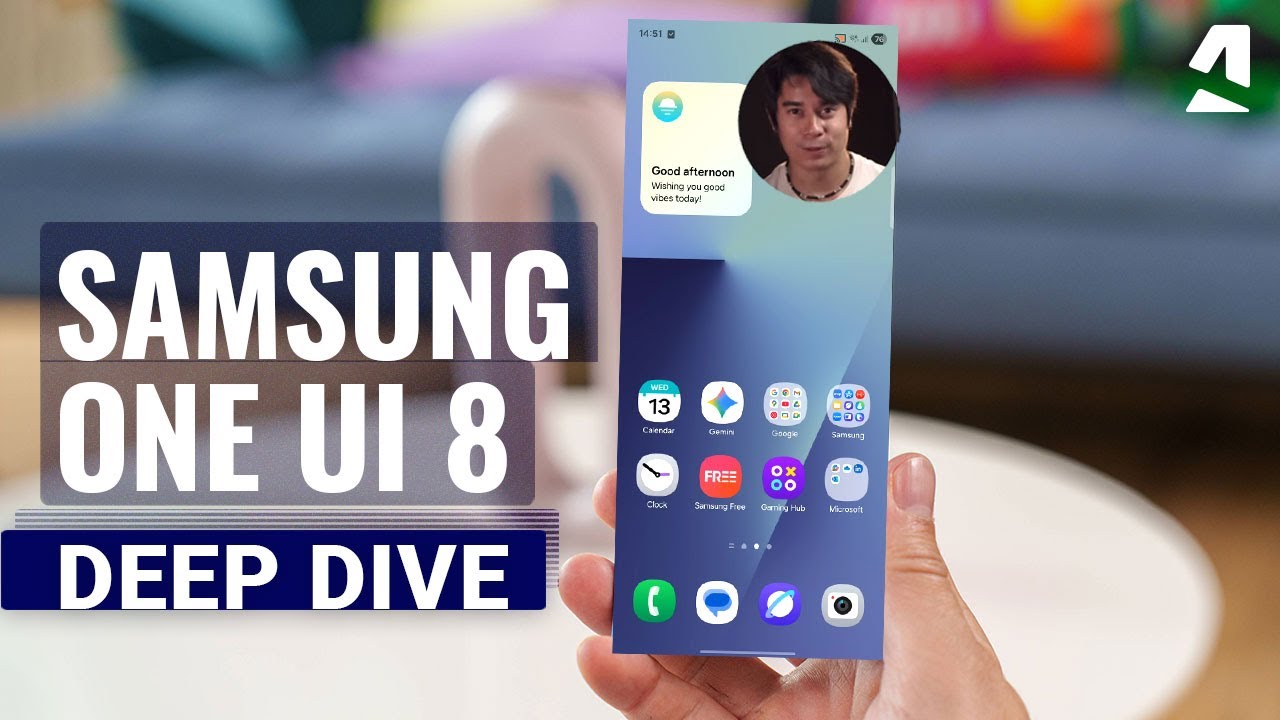Why This $30 Power Bank is Unforgettable for Friends and Family
This is my favorite power bank, and it’s currently discounted by 19%!
I’m a huge fan of the INIU Pocket Rocket P50 Power Bank; I take it everywhere I go. It’s not just me who appreciates its compact design, 45W rapid charging capability, and the USB-C cable that attaches like a lanyard — my friends and family always borrow it from me.
With INIU’s Black Friday and Cyber Monday promotions happening, I’m sharing this deal with all of them. The 10,000mAh power bank is now 19% off on Amazon, marking the lowest price it’s ever been. It’s even less expensive than it was during Amazon Prime Day!
So, if you’re in search of a compact power bank that’s friendly for air travel, incredibly convenient, and comes in a variety of fun colors, the Pocket Rocket P50 is just right. Just make sure to grab one for your partner or best friend too, or they will likely “accidentally” take it home with them (trust me on this).
✅Recommended if: You need a portable 45W rapid charging power bank with a capacity of 10,000mAh and an included charging cable.
❌Skip this deal if: You’re looking for something with a capacity exceeding 10,000mAh.
INIU excels in its niche, providing every capacity and charging speed imaginable in its wide range of portable power banks. The Pocket Rocket P50 may not be the fastest or the absolute best power bank from the brand, but it serves as the perfect portable battery pack — especially for frequent flyers.
Believe it or not, this quick little power bank holds the title for the smallest 45W power bank available worldwide. The USB-C cable it comes with is quite short, but it supports the 45W rapid charging and conveniently doubles as a lanyard or keychain when connected to the Pocket Rocket P50.
The INIU 10,000mAh power bank features one USB-A and two USB-C ports. It provides enough power to recharge your Pixel 10 or Galaxy S25 twice. And yes, that 45W charging speed works in both directions, meaning recharging the power bank itself is also very fast.
Read More
